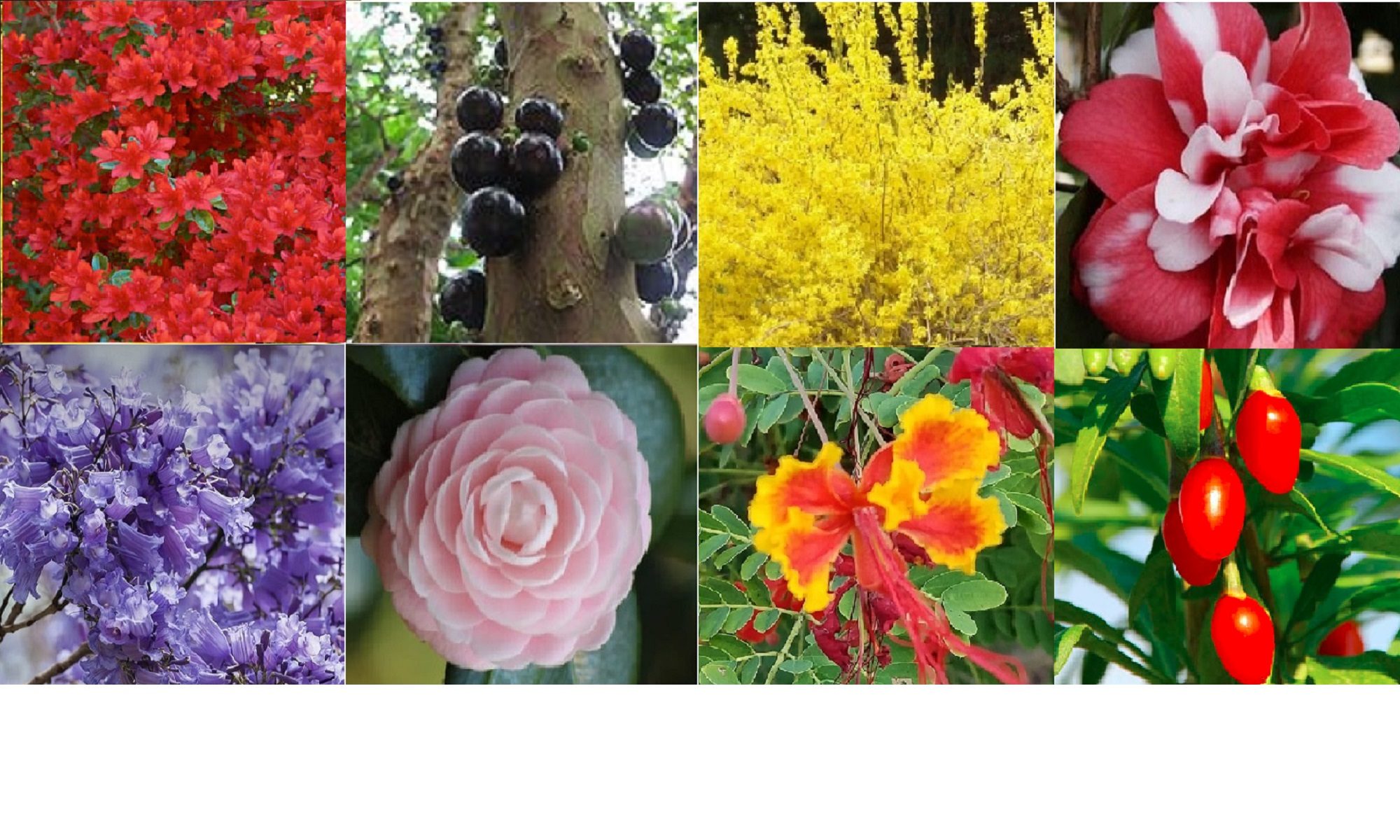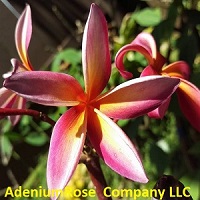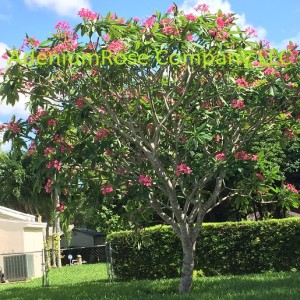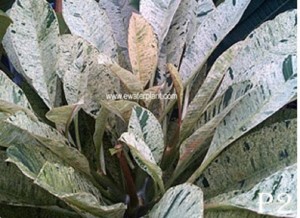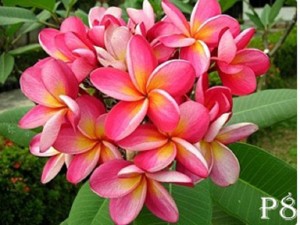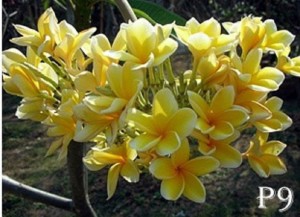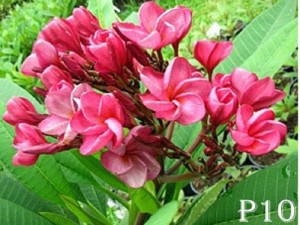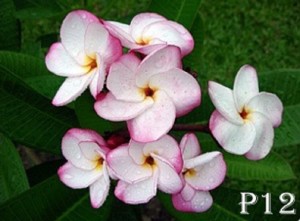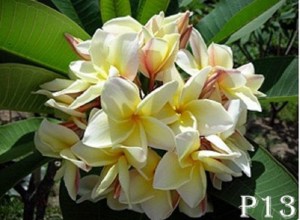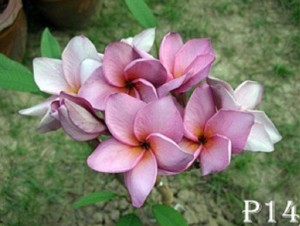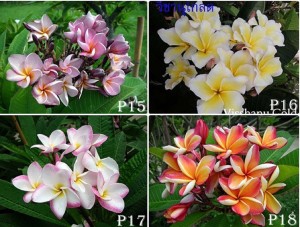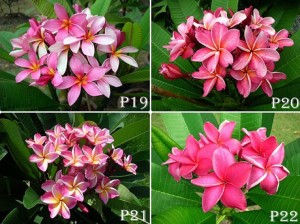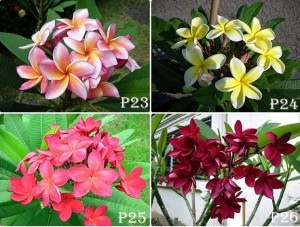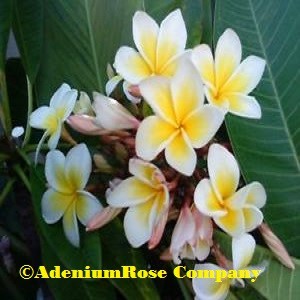Potting exotic plants with root balls or starting to create a bonsai plant requires a bit of work. Do not just pour soil around the plant without reviewing the roots. You obtained a quality rare plant, exotic herb or cactus plant and now you need to pot it. How do you handle the roots? How deep do you plant it in a pot? What’s the root crown?

Pot for Exotic Plants
Whether your exotic plants have massive root balls or just starting out you need to take care of it. Determine the size of the pot needed by how you want to grow the plant. Bonsai? In the ground? Container planting with other plants? The right size pot is critical when considering water retention, root development and style. The bigger the pot the more soil and water it holds which could cause root rot.
 The first image shows what you can do with tropical plants and bonsai work. Psuedobombax in naturally grows 30 feet tall and very wide if in the ground. It’s a caudex form plant as a bonsai. The 2nd image is another bombax about 15yrs old. Notice the pot is very shallow. Every year the roots are trimmed on these exotic plants and the soil is refreshed.
The first image shows what you can do with tropical plants and bonsai work. Psuedobombax in naturally grows 30 feet tall and very wide if in the ground. It’s a caudex form plant as a bonsai. The 2nd image is another bombax about 15yrs old. Notice the pot is very shallow. Every year the roots are trimmed on these exotic plants and the soil is refreshed.
If your exotic plants are non caudex tropical or non desert/semi desert then an oversized pot will not cause problems in most cases. If you are growing rare desert or tropical exotic plants including neems or moringas then the size does matter.
It’s always better to start the plant in a smaller pot rather than an oversized one. Your pot should allow for 2 inches of width growth along with 2-3″ of depth unless you are doing a bonsai plant. The inches are based on the width of the roots of the plant.
Exotic Plant roots and Improving Plant Growth
Check the exotic plant roots before selecting the pot size. The roots and all about the roots. If you have chop sticks or thin bamboo sticks then get them ready for usage. Many tropical exotic plants, desert and semi desert plants come with tight balls of roots. The tiny end roots (usually light color) need space to grow and collect nutrients. You create space by spreading out the roots before potting. Yes, you can damage the roots by pulling on them by hand to spread them out but there is a better way.
Use chop sticks (we do this) and gently spread out the root balls. Loosen the roots starting at the bottom by pushing the sticks and pulling slowly. Pretend your exotic plants has “Afro” hair. If you pull hard on hair it breaks just like roots. Yes, if the plant root ball was oversized for the previous pot its a bit tough to spread out. Once you spread out the roots measure the width and then determine your pot size.
If you plan to bonsai then you spread the roots out wide. If the roots of your exotic plants do not stay in place consider wiring down the roots. Use rocks under the plant to force the roots outwards or other method of root spacing. Remember the object is to give the small roots room to grow and collect nutrients.
When you pot the plant do not bury the root ball deep. It should rest just at the soil level or not more than 1/2 below the soil level. This insures that the roots will get air! The root crown is the top of the root.
Check other pots concerning fertilizers, soil types and root hormone (we use Dyna-Gro K-L-N). Not all soils or fertilizers are the same.
